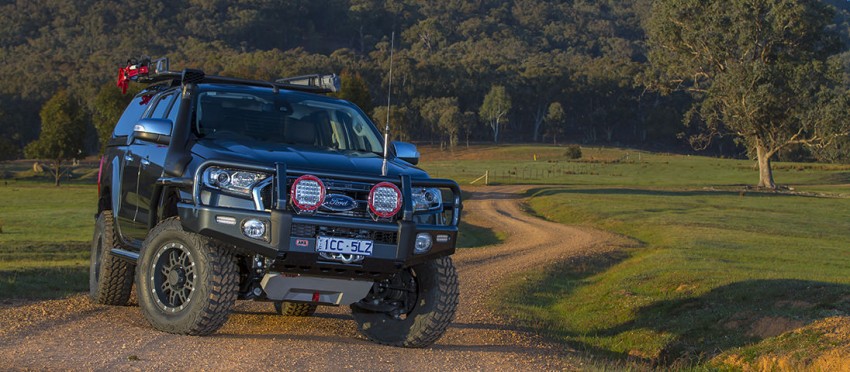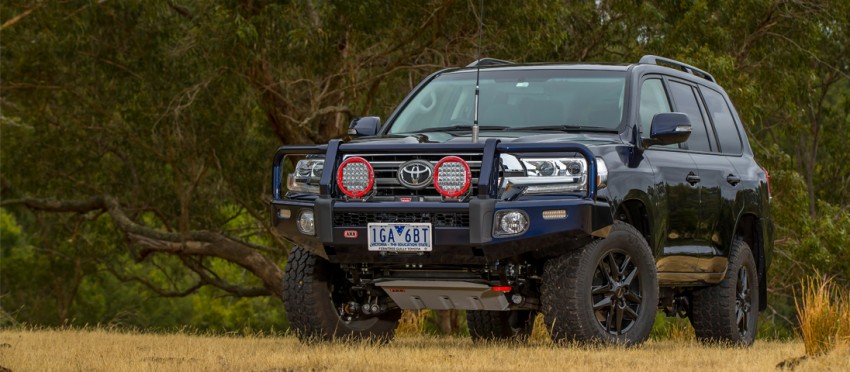Independent testing instigated by the Australian Automotive Aftermarket Association (AAAA) has proven that a 50mm suspension or body lift does not detract from the effectiveness of vehicle electronic stability control (ESC) systems. The results have led to the Australian authorities deciding that engineering approval is no longer required for these specific modifications.
The testing process took two years and the results have achieved government acceptance at both federal and state levels and resulted in an update to Section LS of Vehicle Standards Bulletin 14 (VSB14) Version 2.1, specifically Clause 2.6, on 1 November 2015.

Clause 2.6 pertains to modifications of vehicles equipped with ESC and it now permits vehicles to be raised by no more than 50mm, either by suspension modification or a body lift, without requiring testing.
It should be noted that vehicles with a ride height that has been increased by more than 50mm, still require engineering certification confirming that stability has not been affected.
“To learn how these issues were being addressed in other countries, we engaged with a range of international experts. Among them was the Specialty Equipment Market Association (SEMA) in the USA, which has established a vehicle dynamics program led by their Vehicle Technology Vice President, John Waraniak, who was invited to Australia in 2014 to present to the Australian regulators”, said AAAA Executive Director Stuart Charity
To start the process, the AAAA negotiated with Australian regulators and settled on the range of vehicle types that were to be tested, including the locally designed Ford Ranger as well as the Toyota LandCruiser 200 Series and Jeep Wrangler. Once this was locked down, local aftermarket businesses contributed $120,000 to fund the testing with balance of the cost being picked up by the AAAA.

The testing undertaken by the AAAA was the same simulation type testing used by vehicle manufacturers and component suppliers when assessing the suitability of new systems and their component parts. It was carried out on the test vehicles using Australian aftermarket 50mm suspension kits.
According to the AAAA, in most cases, the performance of the vehicle with an aftermarket 50mm lift was in the same range as the standard version.

The AAAA also says that in some extreme instances the modified vehicles were actually more compliant with ADR 35 requirements than the base vehicles. As expected, the ESC systems on the raised vehicles engaged slightly earlier or more often and used slightly more brake pressure than the base models – due to their higher centre of gravity.
“However, in all cases the measurements recorded were well within the normal operating capabilities of the vehicles’ ESC systems and ADR 35 requirements,” Charity added.
The results won’t surprise anyone that has fitted a quality aftermarket suspension kit. We’ve all done so knowing that a suspension upgrade usually results in improvements to ride and handling, even with a 50mm increase in ride height. The AAAA testing has confirmed our ‘seat of the pants’ experience, but more importantly paved the way for legal 50mm suspension and/or body lifts in vehicles equipped with ESC, which is great news for all new 4X4 purchasers.





GIPHY App Key not set. Please check settings